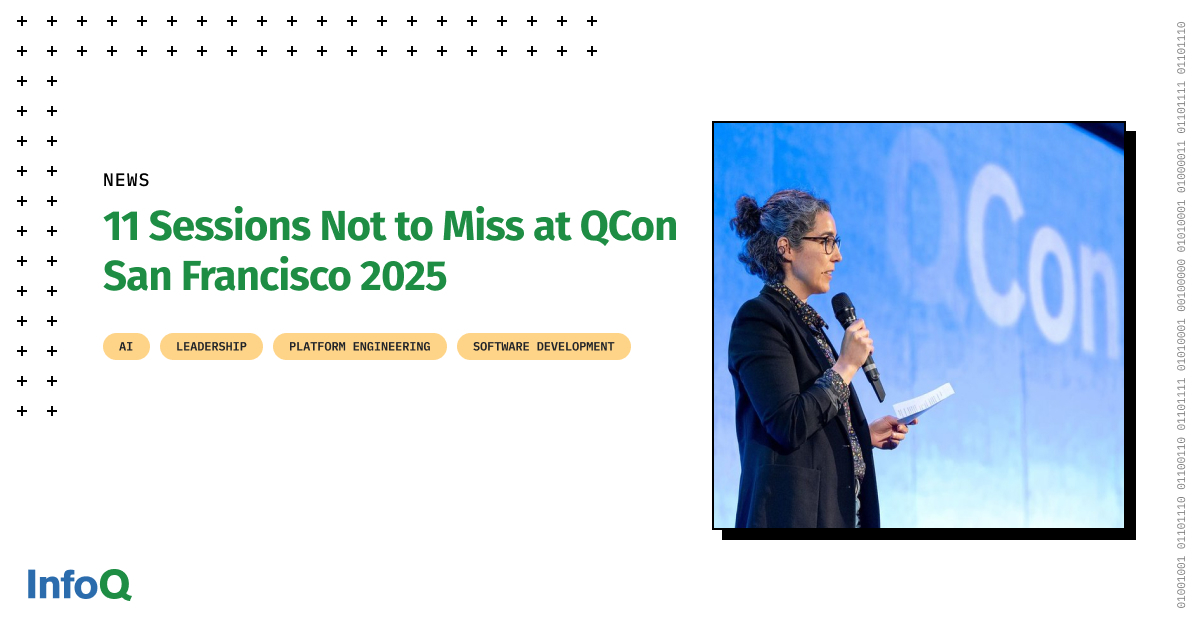Things tend to slow down a little in August for most marketers in Europe.
While everyone’s in Mallorca, inboxes are (a little) quieter, meetings are lighter, and there’s more breathing room to actually think, learn, and create.
It’s the ideal moment to zoom out and ask some bigger questions:
-
Are we working together as a team, or just working in parallel?
-
Is our messaging aligned, or just spread across too many disconnected channels?
-
Is our content strategy actively supporting business goals, or just reacting to the calendar?
That’s where Social Media Orchestration and its broader sibling, Communication Orchestration, start to matter.
Over the past year, we’ve been exploring how teams can align more tightly across people, platforms, and processes. The content below gathers some of the most useful and thought-provoking resources we’ve published, not just about social media but about how communication functions inside modern organizations.
If you’re in marketing, social media, or comms leadership and want to get ahead of Q3 and 4, here’s what I think is most worth reading from our collection right now.
1. What is Social Media Orchestration?
A quick but important read that defines orchestration in plain terms. If your team is duplicating effort or struggling to stay in sync, this piece outlines what’s likely missing: strategic coordination. It makes the case for moving beyond scattered tactics toward something more unified and more effective in social media.
2. Origin to Orchestration: Paradigm Shift in Social Media Strategy
This white paper zooms out to show how social has evolved from a PR experiment to a business-critical function — and how leading organizations have responded. With real examples from brands like Cisco and Carrefour, it explains how orchestration brings clarity to what can otherwise feel like chaos.
3. Beyond Likes and Shares: Leveraging Social Media Collaboration for Strategic Advantage
Engagement metrics can be useful, but they’re not the endgame. This piece reframes performance around business outcomes: revenue, trust, internal alignment. It highlights the importance of cross-functional collaboration to get there.
4. Chaos to Cohesion: A Practical Guide to Social Media Orchestration
If the white paper sets the context, this guide gets into the how of it. This companion piece to Origin to Orchestration walks through the operational side of orchestration defining roles, building workflows, and creating systems that actually work across teams. It’s built for practitioners ready to reduce friction and scale impact.
5. The Future of AI in Social Media and Communication Orchestration
AI is everywhere right now, but not all use cases are created equal. This piece separates signal from noise, looking at how AI can actually support orchestration: enforcing brand voice, improving analysis, and making campaign planning more adaptive.
6. How to Track and Improve LinkedIn Impressions in 2025
LinkedIn is still the go-to platform for B2B visibility, but impressions don’t always tell the full story. This post breaks down how LinkedIn actually counts impressions, what they mean in context, and how to drive more of the right kind of visibility. Perfect for anyone looking to refine their approach without falling into vanity metric traps.
7. Communication Orchestration Is Not Omnichannel Marketing
If you’ve ever had to explain orchestration to someone who thinks it’s just “being active on every channel,” this one’s for you. It clarifies the distinction between omnichannel presence and true orchestration.
Whether you’re reflecting on your strategy, cleaning up workflows, or just thinking a little bigger, I hope these help you explore orchestration in a more structured and more practical way.











